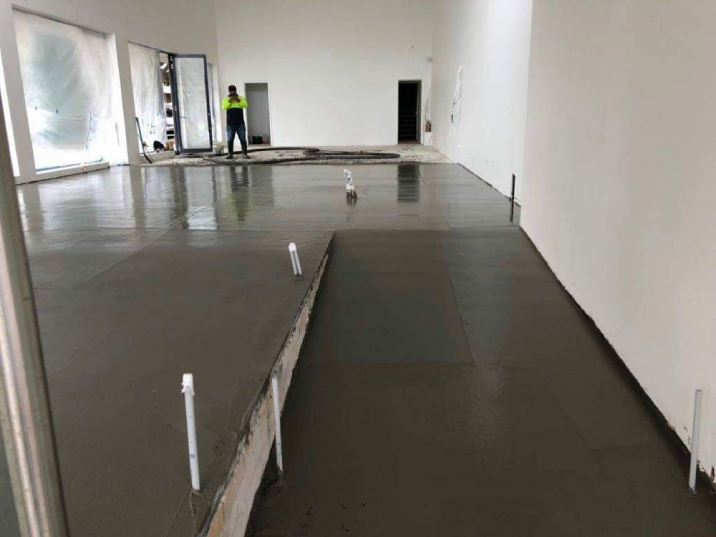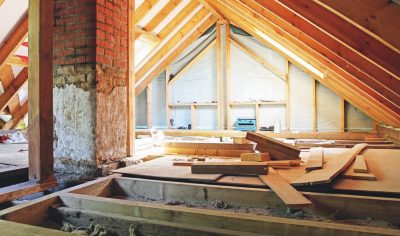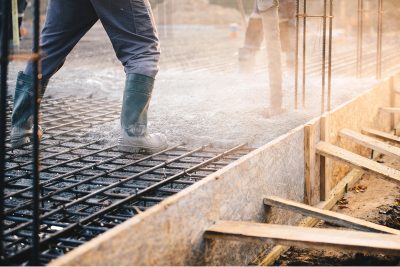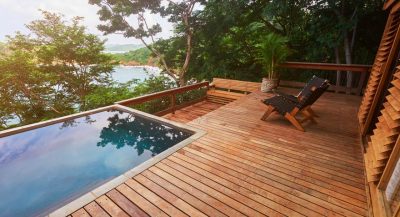- Oneflare /
- Cost Guides /
- Polished Concrete

How much does Polished Concrete cost?
$50 - $65 per square metre
What's on this page
- How Much Does Polished Concrete Cost?
- Different Methods of Polishing Concrete
- Impacts on Polished Concrete Costs
- Different Types of Polished Concrete
- Does the Cost Differ Based on Location?
- How to Create an Accurate Estimate
- How to Hire a Concreter
- Tips on How to Save When Hiring a Concreter
Read Related Polished Concrete Articles
How Much Does Polished Concrete Cost?
The current polished concrete price in Australia is approximately between $50 and $65 per square metre. The average cost throughout the country for concrete polishing jobs is about $2,500; however, depending on the size of the project, the price can fluctuate.
Polished concrete floors used to only exist in large commercial buildings or manufacturing facilities, but nowadays, it has become a staple in modern architecture for residential homes. Residential homes can now enjoy the benefits of having polished concrete floors as well as walls, tables, countertops, walkways, patios and more.
Different Methods of Polishing Concrete
When it comes to the various methods of polishing concrete, there are specific considerations to think about, such as exposure level. For example, how much of the original surface do you want ground away, which exposes the aggregate material? Concrete can also be ground (sanded in the same process as wood) to different grit levels that provide a variety of aesthetics.
One of the most significant benefits of polished concrete is its low maintenance properties. Polished concrete is also easy to clean, hard, durable and difficult to damage. Below are the three different methods of polishing concrete from the least expensive to the most robust and durable:
Grind and Seal – Grind and seal is the least costly method, and it works by grinding the concrete down to the desired aggregate (50 to 100 grit) and sealing it with a non-penetrating cover. This method of polished concrete will last between 5 to 10 years, and it generally has a slight reflection and low sheen. Grinding will remove any scratches or impurities in the concrete while the topical sealer made from either urethane, acrylic or epoxy protects the finish.
Honed Concrete – Honed concrete falls in the middle of the spectrum for the cost of polished concrete. Finer grit abrasives (100 to 400 grit) are also utilised to change the appearance, which offers a matte surface with variations in clarity from low to medium or high sheen. Penetrating sealers such as silicates, siloxanes, and silanes can be applied to the honed concrete. The sealers create a chemical barrier that protects against chemicals and moisture penetration.
Mechanically Polished Concrete – Mechanically polished concrete is the most expensive method of polished concrete and is generally used in large-scale commercial projects. This method is more durable and sustainable under heavy foot traffic because it utilises a chemical hardener or densifier that chemically reacts with the concrete. It’s also ground with very fine grit abrasives (800, 1500 or 3000) to get the desired smoothness and sheen. A mechanically polished concrete floor doesn’t require repolishing, and it’s also the longest-lasting of the three methods.

Freshly poured concrete. | Source: Safix Form Construction
Factors Impacting the Cost of Polished Concrete Floors
Many factors can impact polished concrete floors cost, and the process of either grinding, honing or polishing is more complicated than you may realise. For example, the speed and motion of the equipment used as well as the type of abrasives and sealers are well within the contractor’s control. However, other factors like the concrete mix or levelness of the floor may be beyond the contractor’s control.
In most cases, no two polished concrete floors are the same; therefore, some other factors that impact the overall cost include:
The size of the room – Smaller floors will generally cost more due to the amount of detail involved and setup time. In some cases, the equipment may not fit, and more manual labour is required.
The shape of the room – Concrete floors with either a square or rectangle shape will always cost less than irregular shapes such as sloping or curved floors.
The condition of the floor – Concrete floors that are old or in rough shape will require more work to repair before the polishing procedure can begin.
The type of polished concrete – Grind and seal, honed or mechanically polished.
Level of polish – Low lustre or matte finish will be less expensive than a medium or high gloss finish.
Design of the concrete – The exposed aggregate, patterns or colour of the concrete.
Accessibility – The more accessible a concrete floor is, the cheaper it will be.
Price Estimates for Different Types of Polished Concrete
Many factors impact the concreting price. The colour of the concrete influences the price as well as the pattern of the concrete. The more exposed the aggregate is, the more it will cost you. The level of the sheen can also impact the cost with the matte finish being the least expensive and high gloss being the most robust.
Average estimates in Australia for polished concrete cost per square metre can fluctuate depending on the type of job and cost of labour. Below is the average price for the three different methods of polished concrete:
| Type of Polished Concreting | Average Cost Per Square Metre |
| Grind and Seal | $50 |
| Honed Concrete | $75 |
| Mechanically Polished Concrete | $100 |
Some other factors to consider is that polished concrete walls cost more than floors, and when it comes to polished concrete vs tiles cost? A polished concrete floor will always cost more per square metre than a tile floor. On average, you can expect to pay about $10 more per square metre for polished concrete; however, depending on the quality of the tile, the price can quickly even out.
Does the Cost Differ Based on Location?
The cost does differ slightly depending on where you live. The average polished concrete Melbourne cost is $50 per square metre. Residents who live in Queensland can expect to pay about $65 per square metre for the same polished concrete services.
Tips on How to Create an Accurate Estimate
To create an accurate estimate for polished concrete floors, walls or other surfaces such as walkways, patios and countertops. You can use the following tips:
Tip #1 – Get multiple quotes from local concreters and make sure it’s for the same polished concrete method and level of sheen.
Tip #2 – Have on-site inspections performed to determine the condition of your concrete.
Tip #3 – Call other concreters in nearby cities or states and compare the estimates to your local contractor’s price.
How to Hire a Concreter
When it comes to hiring a concreter, it’s vital to hire a contractor who has polished concrete experience. For example, a concreter may have experience pouring and polishing new floors but may not have the equipment or expertise in different polished concrete applications. You should also obtain a list of references and ask for photos of their previous work as well as checking their license status and proof of insurance.
How to Save When Hiring a Concreter
Saving money is always a good thing, but it’s essential not to cut corners with the finished product or your concreter. Here are some tips that you can use to save money when hiring a concreter:
Tip #1 – If you’re building a new home, contact a concrete grinding service before the framework is constructed. This will make accessibility convenient; therefore, drastically lowering the cost.
Tip #2 – Only have professionals evaluate the project.
Tip #3 – Make sure the concreter guarantees the materials and their craftsmanship. Some concreters may offer more extended benefits than others, such as free crack repair or repolishing.
Polished concrete is an investment, but it also has many benefits over traditional floors. It’s easy to maintain, attracts less dust, and it’s more durable than standard floors. Additionally, concrete floors will naturally draw the temperature from the ground, which makes them warmer in the winter and cooler in the summer. Polished concrete is also driving architects to revolutionise how modern homes will be designed and constructed in the future.
* The cost data is based on Oneflare and third-party sources


